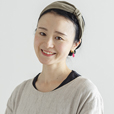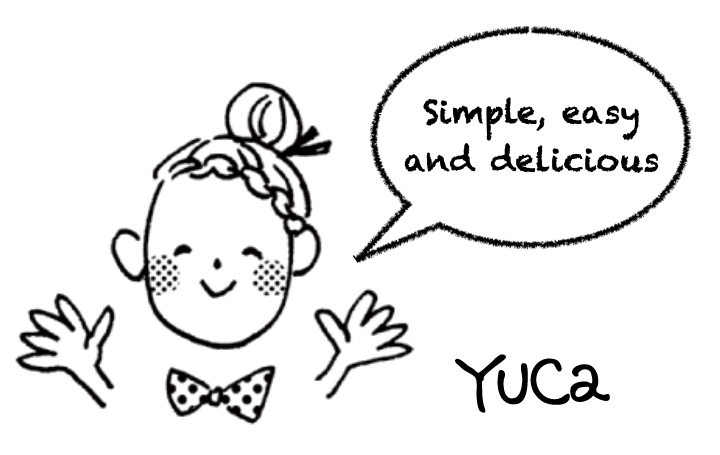Japan Guide : Pottery Class Experience and Hojicha Making in Tosa (高知県)
Kochi is known for its unique ceramics, particularly Tosa-yaki (土佐焼), which has a rich history dating back to the 16th century. Tosa-yaki pottery is characterized by its natural, earthy colors and rustic finishes, often incorporating local clay.

The craftsmanship reflects traditional techniques, with many artisans still using hand-throwing methods. These ceramics are not only functional but also artistic, often featuring simple yet elegant designs. Tosa-yaki is prized for its durability and suitability for everyday use, making it a beloved part of the region’s culture.

This time, we visited Morita Ceramic Art Laboratory and had a pottery class experience. It was a private class just for us, and we created various pieces along with the kids. Our instructor, Mr. Morita, who is also a ceramic artist, was very friendly and had excellent teaching skills, which kept the children engaged and focused. We are looking forward to seeing the finished pieces!

On another day, we visited the Kiriyama Chaen (霧山茶園) located about an hour by car from downtown Kochi. This tea plantation is famous for Kiriyama tea, which is a type of Tosa tea.
Tosa tea, known as “Tosa-cha” in Japanese, is a high-quality green tea produced in Kochi Prefecture. This region is characterized by its lush, mountainous terrain and warm climate, which provide ideal growing conditions for tea plants.
Tosa tea is notable for its distinct flavor profile, often described as refreshing and slightly sweet with a subtle umami taste. The leaves are typically hand-picked and processed using traditional methods, which helps preserve their vibrant color and natural aroma.
In addition to its unique taste, Tosa tea is known for its health benefits, rich in antioxidants and vitamins. It is often enjoyed in various ways, including hot or cold, and can be used in traditional tea ceremonies. Tosa tea represents a blend of cultural heritage and natural beauty, making it a cherished beverage both in Japan and around the world.

Here, we created three types of Hoji-cha —light roast, medium roast, and dark roast—along with the kids. I was truly impressed, as I never expected to be able to make Hoji-cha myself, especially while using special teaware. To make the most of it, we plan to enjoy and compare the flavors together, little by little.

Related video :
この投稿をInstagramで見る
Information :
– Morita Ceramic Art Laboratory (https://moritautsuwa.com/)
– Kiriyama Chaen (https://www.kiricha.com/)









